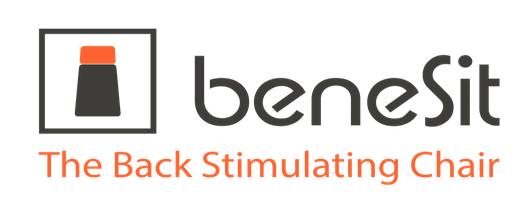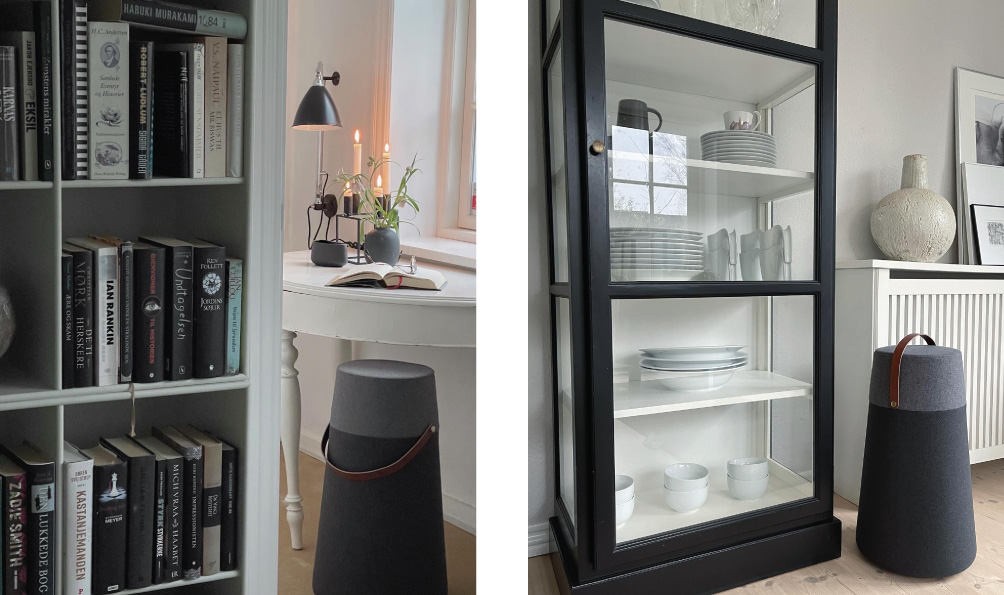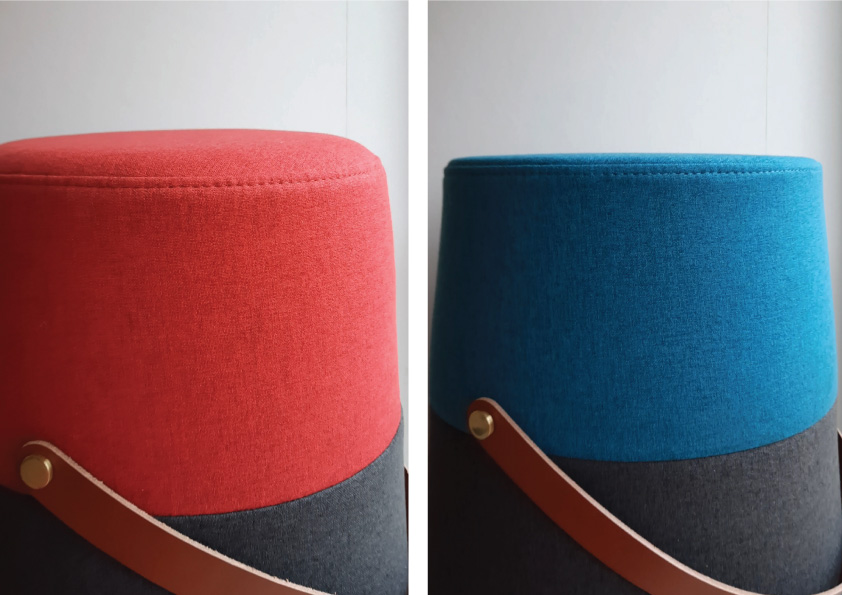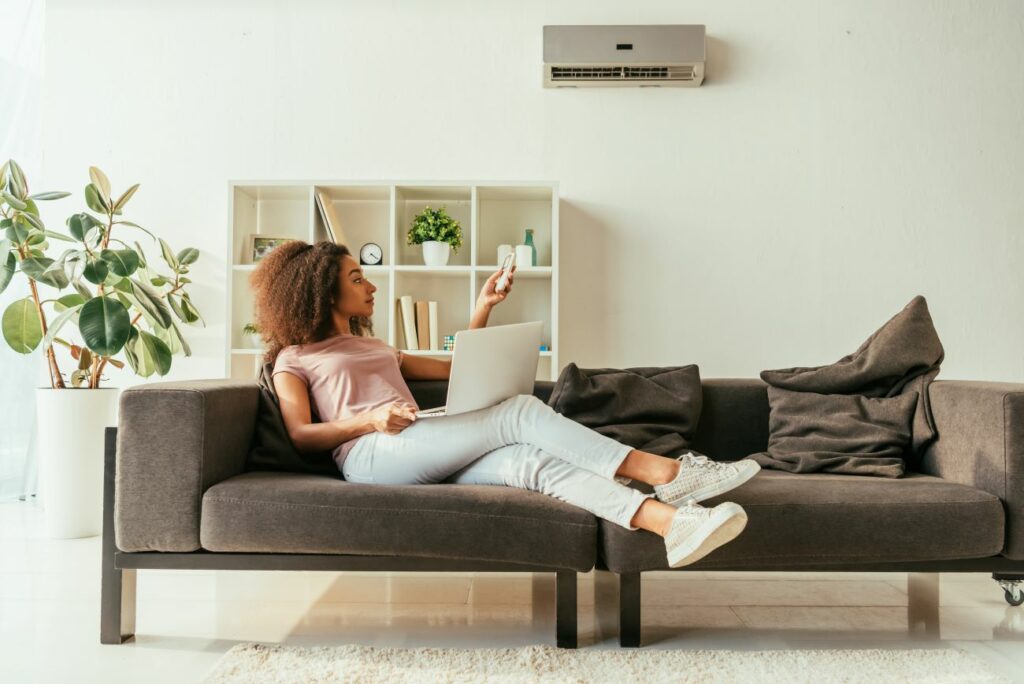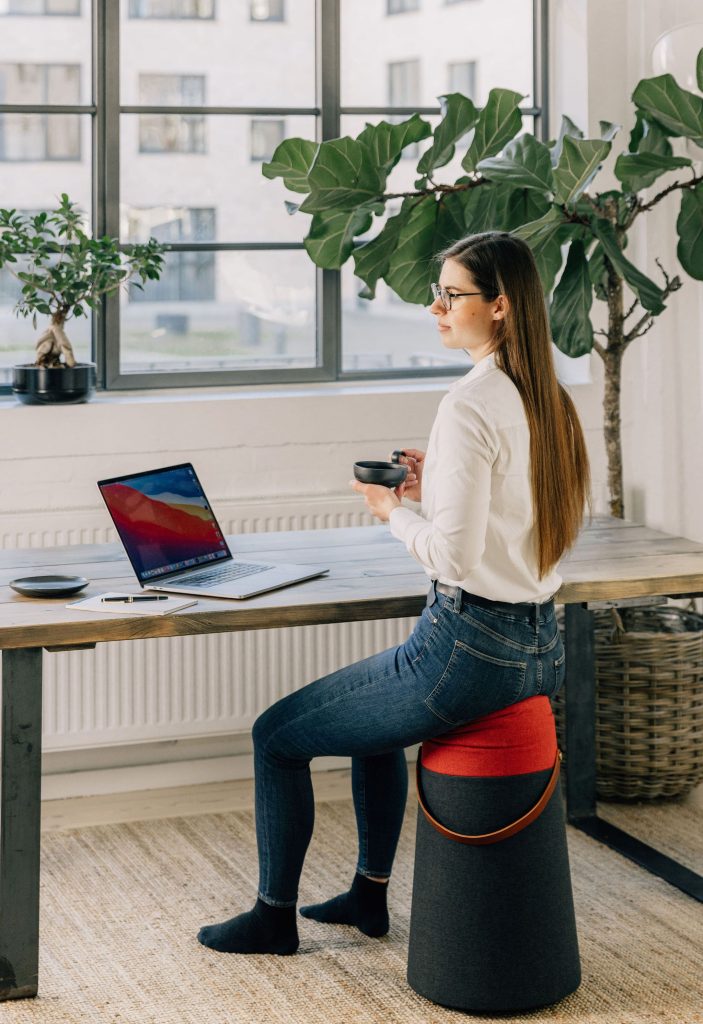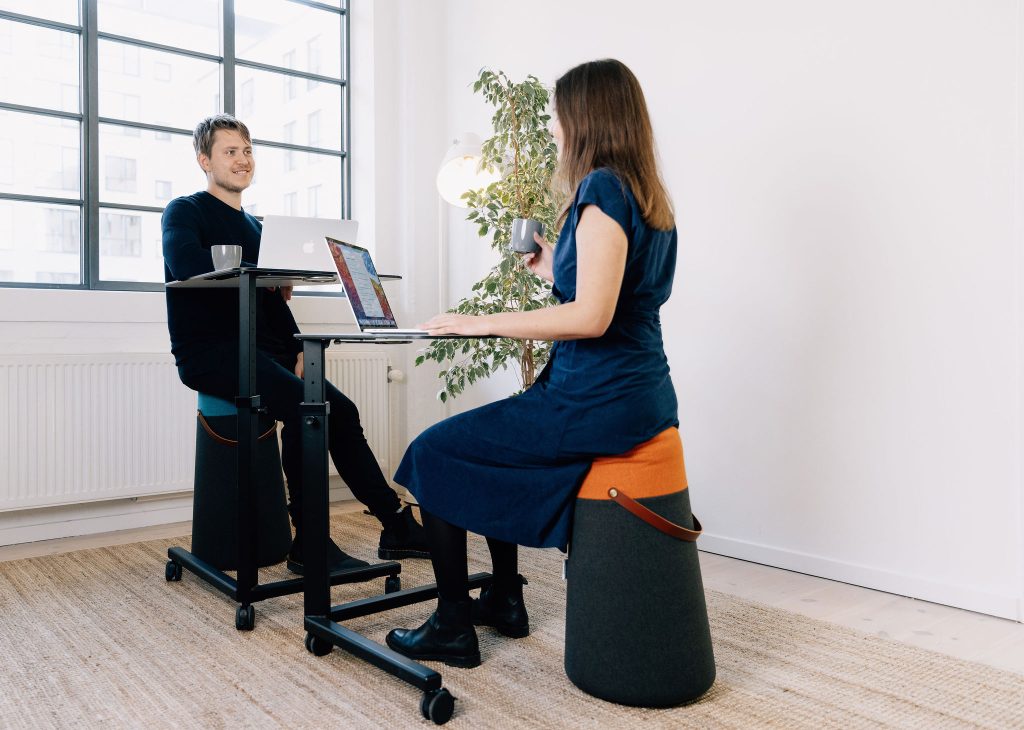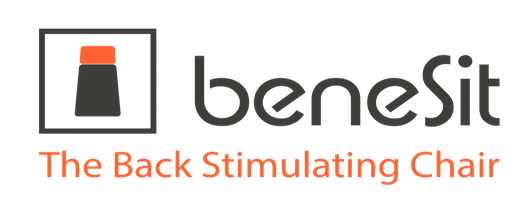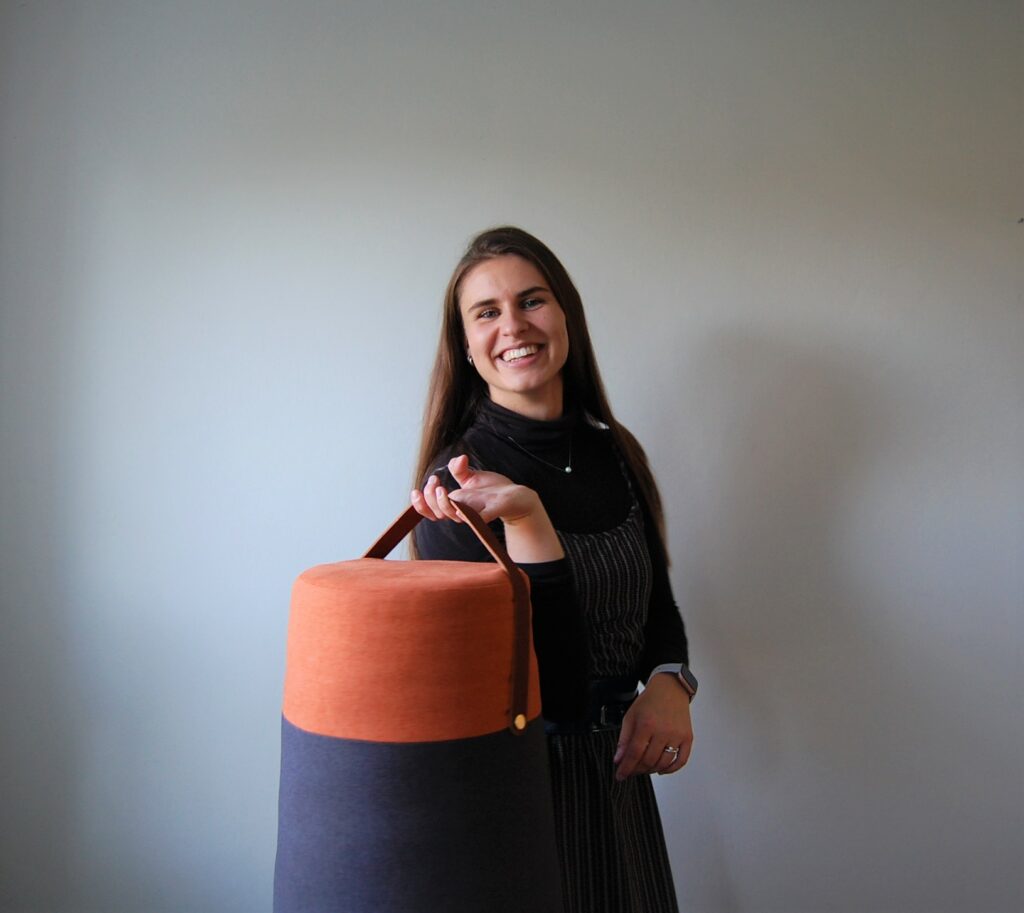
Today we invite you behind the scenes of BeneSit, where we will share a personal story of how a personal need evolved into the development of the BeneSit chair.
In 2019, one of the BeneSit founders, Caroline, was studying to be a design engineer at DTU. Here, much of her time consisted of sitting during lectures and working in project groups or individually at home or at the university.
The seated position became a large part of her everyday life and as a counterbalance to this she spent much of her free time in the gym. This was intended to minimise the low back pain she was experiencing, but unfortunately ended up having the opposite effect. The switch from a completely sedentary everyday life to heavy strength training was not what her body needed.
Rethinking rather than compensating
Together with Peter, the other founder of BeneSit (and her father), the development of BeneSit began. Rather than compensating for all those sedentary hours with exercise, for example, they wanted to rethink the way we sit.
It became clear to Caroline that the key is not necessarily what you do AFTER sitting still for many hours, but how you can incorporate different initiatives to AVOID sitting still in the same way for many hours.
In early 2020, Peter and Caroline introduced the BeneSit chair, which, in addition to being a design furniture, creates the opportunity to have an active and varied day in front of the computer.
If you also want to create more variety in your working posture, you can buy your own BeneSit chair here.
